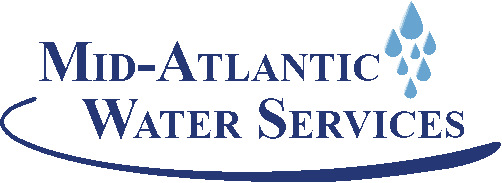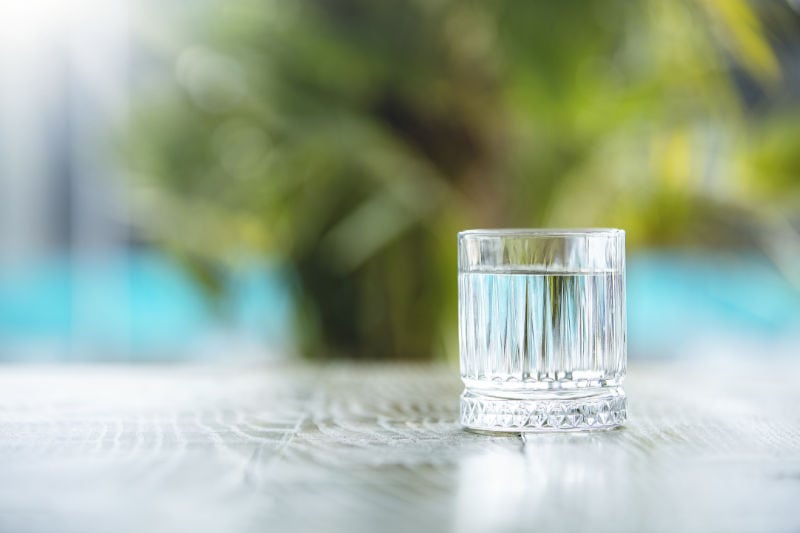A reverse osmosis (RO) system is one of the most efficient and cost-effective ways to get clean, great-tasting water.
Here’s a closer look at reverse osmosis, its benefits, and how it works.
What is Reverse Osmosis
Generally speaking, it works by pushing water molecules through a thin, semi-permeable membrane at high pressure. Contaminants and pollutants are captured in the membrane pores, and pure water is fed into a tank and stored.
How Do Reverse Osmosis Filter Systems Work?
A reverse osmosis system has pre- and post-filters on either side of the membrane. These filters also produce clean, great-tasting water before it reaches your faucet. The reverse osmosis process is accomplished in a few simple steps:
1. Pre-filtering water from the supply line with greater pollutants
A. Carbon filter: reduces chlorine, volatile organic chemicals (VOCs), and other pollutants that can harm the RO membrane.
B. Sediment filter: reduces dirt, sand, and other particles that clog RO systems.
2. Water passes through the reverse osmosis membrane, removing pollutants and flushing them down the sink.
3. The clean water is then transferred to a storage tank to be retained until needed. Most storage tanks hold 2-4 gallons.
4. Before reaching the faucet, the clean water passes through a post-filter to remove any further tastes or aromas.
As opposed to having to wait for the reverse osmosis filtration process to occur every time you turn on a faucet, the storage tank allows you to instantly get clean, delicious water at any time.
What Are the Advantages of RO?
Reverse osmosis has several advantages for you and your family. It generates tasty water while improving the health of your family, coworkers, or customers.
Reverse osmosis has many advantages:
Less Contaminants
Reverse osmosis can reduce pollutants like:
- Bacteria
- Nitrates
- Pesticides
- Lead
- Toluene
- Chlorine
- Insecticides
- PCBs
- Dichloropropanes
- Trichloroethanes
- Ethylbenzene
Sodium Removal
R.O. removes roughly 97% of total dissolved solids (TDS), including salt and sodium.
Better Tasting Water
Reverse osmosis purifies water of undesirable tastes and odors. In fact, most bottled water producers utilize RO to cleanse their water. In essence, a reverse osmosis system can give “bottled water without the bottle.”
Simple Setup And Maintenance
Reverse osmosis water filter systems survive for 10-15 years with proper care and maintenance. Pre- and post-filters should be updated every 12-18 months, and the RO membrane every 2-4 years depending on water quality and usage.
Space-Saving
While a reverse osmosis system may sound large, it is actually relatively small, fitting beneath most kitchen sinks.
Ease of Use
The best advantage of reverse osmosis is that it requires no extra effort once installed (with the exception of regular scheduled maintenance). Reverse osmosis filtration can generate filtered water in every setting, from households to hotels and breweries.
Economical & Efficient
A reverse osmosis system saves you money on both bottled water and utility expenditures.
It’s Good for You
An RO water treatment system produces cleaner water that is safer to drink, cook with, and feed pets.
Mid-Atlantic Water Services Installs Reverse Osmosis Systems
For great-tasting water on-the-go, consider a reverse osmosis drinking water filtration system. Mid-Atlantic Water Services Water’s RO systems remove approximately 50 chemicals and contaminants from water, including those as small as one micron.
All Mid-Atlantic Water Services reverse osmosis systems come with a limited lifetime warranty and are made to last.
Mid-Atlantic Water Services helps households and businesses across the world enjoy the benefits of cleaner, better tasting water through high-quality products and services, comprehensive expertise, and friendly customer service.
Contact us immediately and start drinking the water you’ve always wanted.

